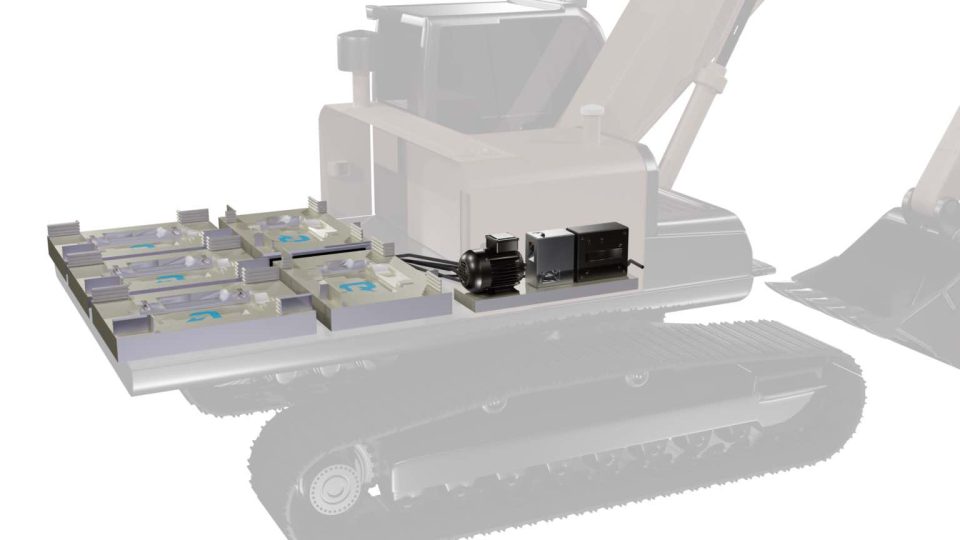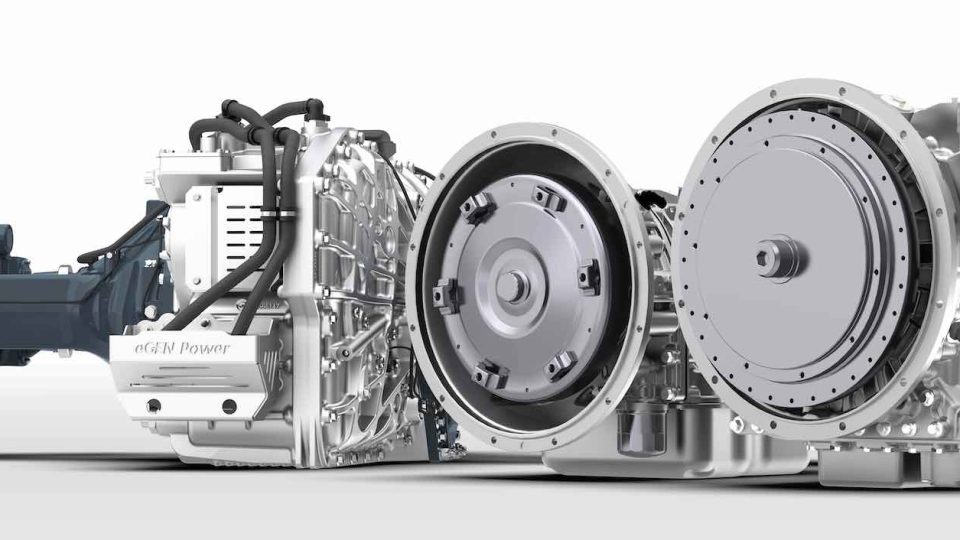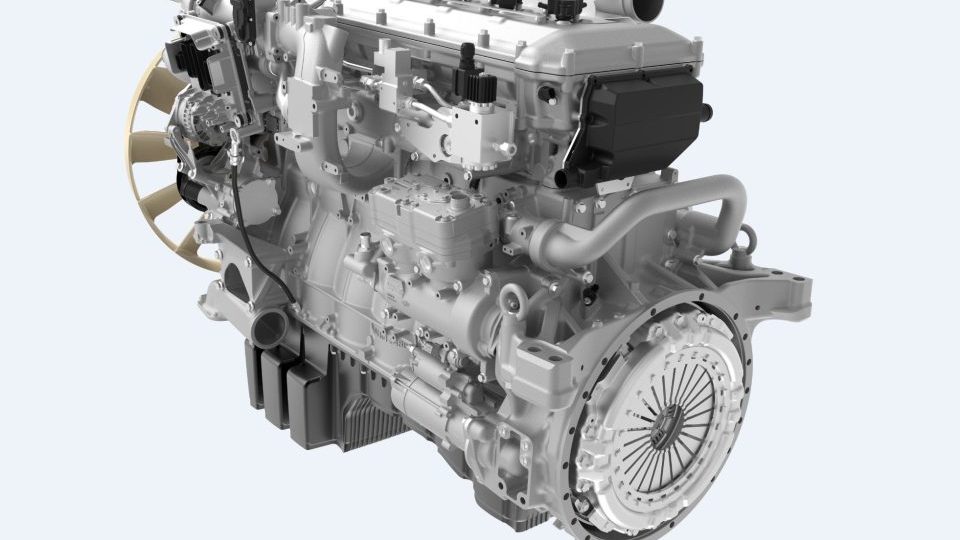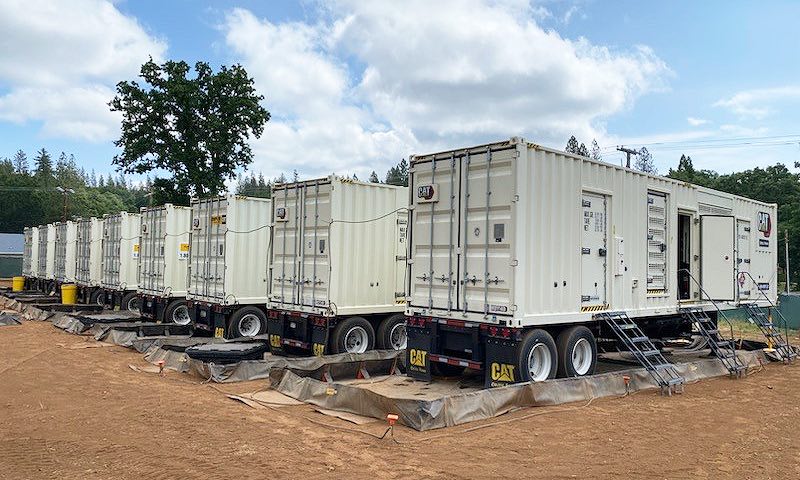How to lower CO2 and NOx emissions? ‘Green’ methanol may be the answer, according to Aumet RCCI combustion
The matter of reducing CO2 and NOx emissions is a crucial one. The possible solutions are manifold and the one suggested by Aumet deals with the so-called RCCI combustion and the use of ‘green’ methanol as a fuel. Here we report a technical insight released by the Finnish company.
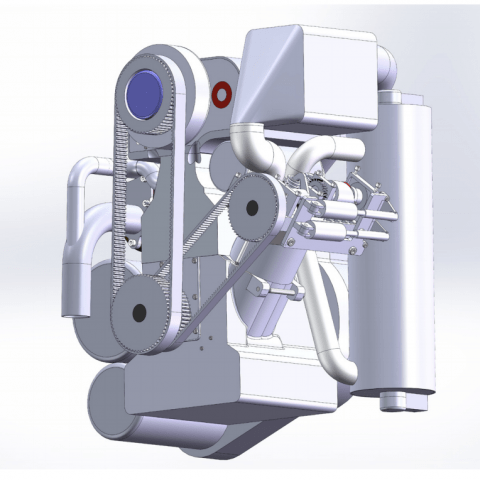
The matter of reducing CO2 and NOx emissions is a crucial one. The possible solutions are manifold and the one suggested by Aumet deals with the so-called RCCI combustion and the use of ‘green’ methanol as a fuel. The Finnish innovative company released through the Engine+Powertrain platform a technical insight featuring quite an interesting point of view. Let’s try to go deeper into it.
«Today’s demand of lower NOx and CO2 emissions is not easy to fulfil without extra costs in car engines. Electric car is one solution for this problem, but about 70% of electricity in the world is produced by burning fossil fuels with about 40% electric efficiency. The battery price and weight are making the growth of number of electric cars slower and it is expected that ICE shall still long time dominate the passage car market. Hybridization helps ICE cars to recuperate the braking energy, even very small batteries, 1-2 kWh are big enough for this purpose in passenger cars, but also other actions are needed to solve NOx and CO2 problems. The split-cycle engine, where compression is partially or totally transferred outside of the work cylinder, is a new development in combustion engines. This offers new thermos-dynamical possibilities to adjust the working cycle and the combustion».

Aumet and the single-fuel RCCI combustion
«As there are methods to control the temperature at TDC, a HCCI-combustion (Homogenous Charge Compression Ignition) is possible in the Z-engine at all loads. The new trend in car engines is HCCI combustion, for example Mazda and Honda have published information about their HCCI projects. HCCI has lower heat losses and quicker combustion than normal combustion and therefore better efficiency and also lower emissions. Honda uses in their new HCCI-gasoline engine project homogenous fuel-air mixture, ignited with extra fuel injection to the sparkplug. Aumet’s new technology split-cycle Z-engine works with spark controlled single fuel RCCI combustion. When controlling the ignition point with spark, the best efficiency can be achieved and it is possible to avoid too high pressure in the cylinder. The air-fuel mixture in Z-engine is lean, containing about 15% IEGR and 10% LPEGR. IEGR makes possible the main fuel rapid evaporation during the main fuel injection and it also makes the formation of active radicals possible, thus lowering the activation energy of the fuel. LPEGR contains water steam and when it condensates in the high-pressure intercooler, the water can be injected to the intake ports of the Z-engine for controlling TDC temperature. The controlled turbo bypass channel helps to keep the IEGR pressure in cylinder at the end of exhaust cycle at about 2 bar».
The ignition injection
«Thus, the main fuel injection with outwards opening conical nozzle can form a homogenous mixture in the cylinder without wall wetting. As TDC temperature in Z-engine is low, the main air-fuel mixture in the cylinder is lean and its Livengood-Wu integral can be kept between 0.4- 0.6 so self-ignition can’t occur. The ignition injection with side injector forms a rich mixture around the high voltage spark electrodes and as this fuel is fully evaporated, it is easy to ignite accurately with high voltage sparks».

How it all works
«The ignition of the mixture occurs in Z-engine always at lower temperature than negative temperature coefficient regime of the mixture and so knock is impossible. RCCI and HCCI combustions produce ultralow amount of NOx, especially when TDC temperature is low, as in Z-engine. Because the ignition fuel is fully evaporated before its ignition, it produces very little NOx. Particle emissions from HCCI combustion are very low and they are so called wet particles, combusting easily in oxicat. The mass flow of the piston compressor in Z-engine is adjustable by using early intake valve closing method and so no throttling occurs. Z-engine has expansion ratio of 30:1 at all loads and therefore it has a high TDC compression pressure.
The spark ignition at up to 150 bar pressure requires a high ignition voltage, in Z-engine this is solved by using + and – polarities against the earth in the middle electrodes of the modified sparkplugs. Thus, commercial ignition components, for example ignition coils, can be used. As a result of all before mentioned: part load BSFC=150g/kWh, NOx=0.005 – 0.09 g/kWh, only oxicat needed, manufacturing costs 20% lower, weight 20% lower, no urea needed, normal car industry components, no changes in the supply chain. To be able to reduce the fuel consumption of the cars, HCCI combustion must be used and it is needed to make changes to the combustion engines and their thermodynamics».



